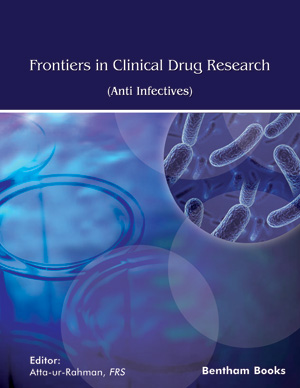Abstract
Toxoplasma gondii, an apicomplexan protozoan that is considered an opportunistic parasite of medical and veterinary interest, causes toxoplasmosis, which may be asymptomatic in the immunocompetent host, while fatal in the immunocompromised patient. A combination of pyrimethamine-sulfadiazine is the treatment of choice; nevertheless, these two drugs produce severe side effects and are only effective against acute toxoplasmosis, hence, less toxic novel compounds with anti-toxoplasma activity are greatly needed. Natural compounds seem to be a promising source to identify lead compounds against T. gondii. In this review, the in vitro and in vivo activities of extracts, fractions, and isolated compounds obtained from different plants are described. In addition, some biological and pathological generalities of the parasite are reviewed as well. Data were obtained from a bibliographic search throughout digital faculty libraries, Google Scholar search engine, Science Direct, SciELO databases, and the National Center for Biotechnology Information (NCBI). Founded records include the evaluation of 58 extracts, 14 fractions, and 7 compounds belonging to 53 species of 33 plant families. Predominant studies were made on in vivo RH T. gondii tachyzoites strain and very few in in vivo models of both acute and chronic toxoplasmosis. Research of natural compounds against T. gondii deserves more attention in order to identify novel drugs useful in the control of toxoplasmosis.
Keywords: Anti-Toxoplasma, Bradyzoite, Medicinal plants, Natural products, Plant extracts, Toxoplasma gondii, Toxoplasmicide, Tissue cysts, Tachyzoite, IC50.






















